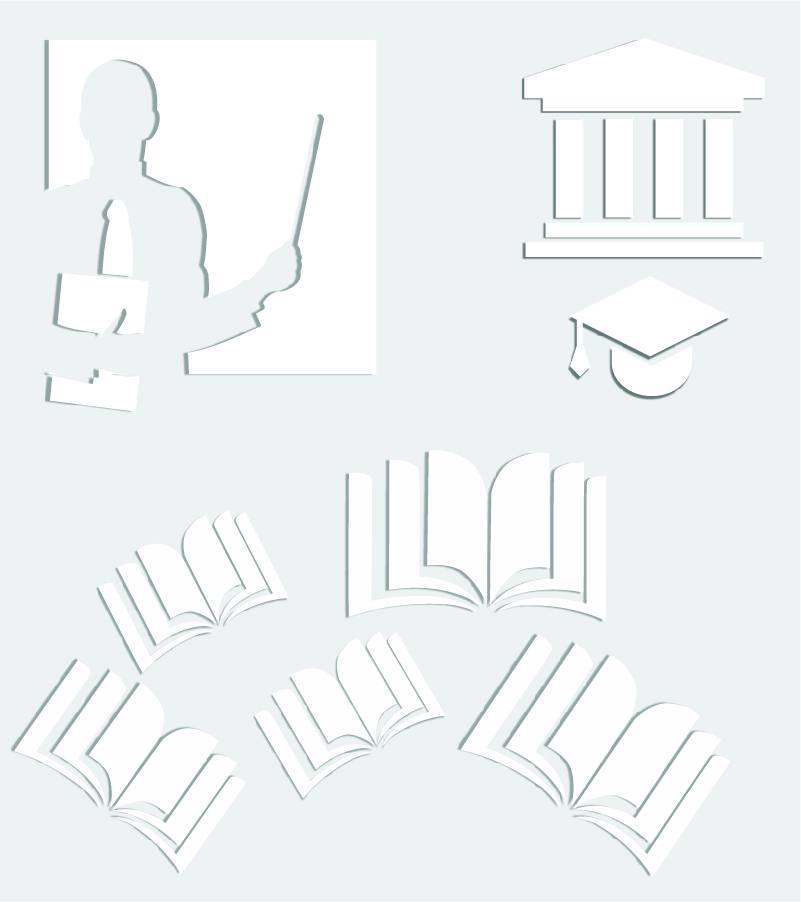Exchange programmes
About the Faculty
Studies
| Subject: Textures and Lights Design
(17 -
RG001) Basic Information
Native organizations units
Course specification
Course is active from 19.07.2017.. Precondition courses
Course which have preconditioned courses Textures and Lights Design
Colors in Computer Graphics, creating textures for given 3D models, lights setting on the scene, creating a synthetic camera, place camera on the scene, and finally getting a 2D image (rendering). Creating textures for different 3D models: rigid bodies and animated bodies. Setting the light for two scenes: day and night. Creation of renderers, which are aesthetically and in a technical sense of high quality. Mapping. Mapping procedure, interpolation, interpolation parameters, linear interpolation in 3D. Mapping techniques: colored, specular, illuminated, transparent, Displacement, Bump, normal. Photographic texture. Stylized texture. Texture resolution. Tilling maps. Graffiti and dirty maps. Map projections: straight, cylindrical and spherical. UV coordinates: implicit and explicit. Textures with pole. 3D mapping. Colors, RGB model. Basic and subtractive colors. Tint, saturation and color intensity. The color of the light and the colors are superficial. Color Scheme. Contrast color, complementary colors. Warm and cold colors. Color balance. Color temperature. Light. Definitions: light, lighting, shading. Light types: ambient, directional, Spot, Spotlight, Area light, Volume light. Shading. Light components. Models of reflection: ideal, imperfect, ideal diffusion. Phong's reflection model. Visualization and light measurement. White, colored, tinted light. Light and water relations, caustic. Basic components of light source: position and orientation, color and intensity, decrease in intensity, shadow. Lighting the scene: Key light, Fill light, Kick and Rim light. Position lights on the scene. Camera. 3D view and synthetic camera. Synthetic camera features: position, orientation, view type, depth of view, focus distance, flat film. Types of cameras in 3D sofver: Target and Free. Viewing control (camera position), lens types, blur. Types of photos. Basics of rendering. Shadow, its visualization, spatial relations. Composition of shadows and contrasts. Shadow Algorithms: Depth map and Raytraced. Teaching methods are: lectures, practical work in the animation laboratory, projects design and consultation. The lectures and exercises present the contents of the course and require the active participation of students. Through subject projects students are mastering the practical topics.
|
© 2013. Faculty of Technical Sciences. Trg Dositeja Obradovića 6, 21000 Novi Sad. Tel: +381 21 450 810
Translation: FTS English Team
Translation: FTS English Team





